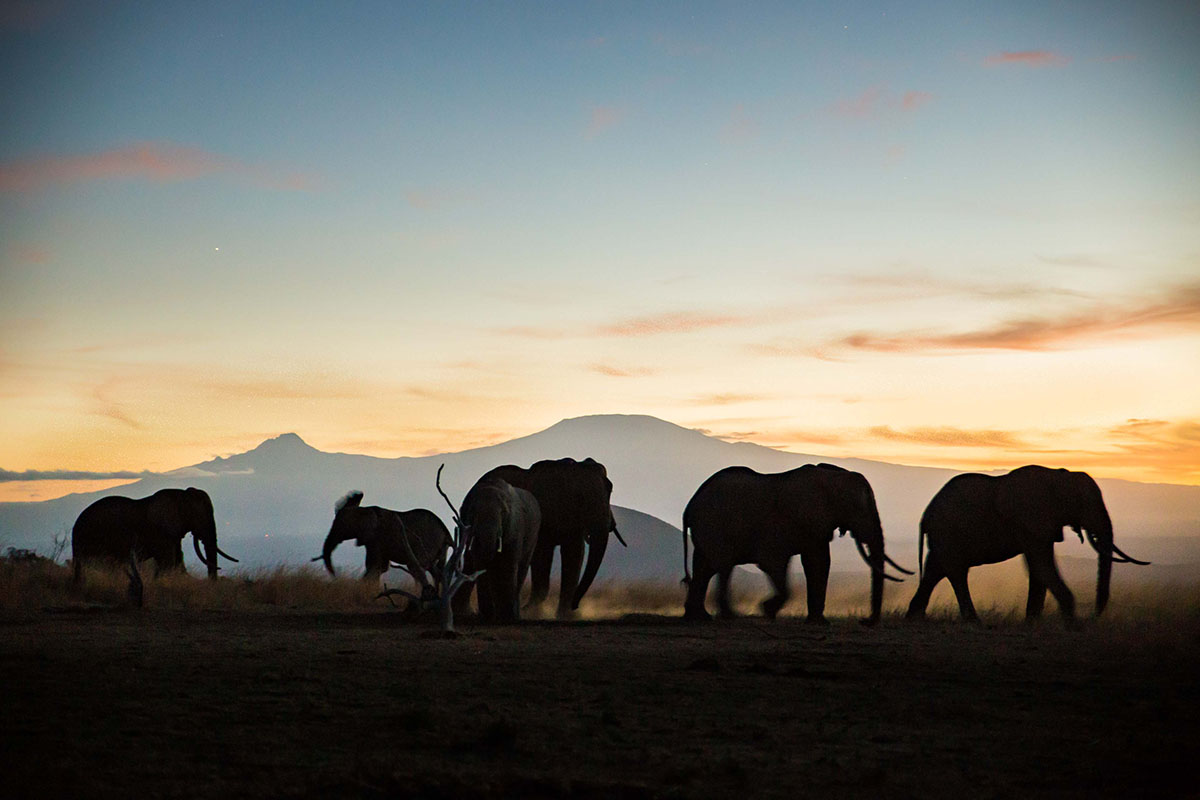 Over the last few years, as I was going through my academic journey, land was frequently mentioned as a “factor of production.” But as a Maasai, I grew up knowing that land is supernaturally given and infinite. I have no memory from my childhood of ever seeing a fence, crop farm, or weird buildings in the entire grazing field across the ecosystem. And yet this statement (land as a factor of production) has never been more true and real to me than now as the ecosystem changes. Thinking about impeded livestock movement, haphazard crop farming, and barricaded wildlife migratory corridors gives me many sleepless nights.
Over the last few years, as I was going through my academic journey, land was frequently mentioned as a “factor of production.” But as a Maasai, I grew up knowing that land is supernaturally given and infinite. I have no memory from my childhood of ever seeing a fence, crop farm, or weird buildings in the entire grazing field across the ecosystem. And yet this statement (land as a factor of production) has never been more true and real to me than now as the ecosystem changes. Thinking about impeded livestock movement, haphazard crop farming, and barricaded wildlife migratory corridors gives me many sleepless nights.
The Greater Amboseli ecosystem is one of our planet’s surviving natural treasures. It is also home to almost 200,000 people who need to eat, own land, and take their children to school. Big Life’s current jigsaw puzzle is to find a balance between the needs of the local community and maintaining their trust, while continuing to successfully protect wildlife. In order to solve that puzzle, Big Life is working with local communities to protect land that is strategically important as wildlife movement corridors or dispersal areas but is also valuable to the local livestock economy as a grazing resource. Both are compatible with tourism development done correctly. Putting tourism, livestock, and wildlife conservation together enhances a self-regulating, self-protecting system as they all benefit from each other.
Two years ago, a process called ‘land subdivision’ began to sweep across Amboseli, fragmenting large tracts of community-owned land into thousands of small, privately-owned parcels. We simulated a worst-case scenario where communities would demand private possession and ownership of their parcels with the high possibility of then selling to outside third parties. But we are happy to report that instead, we’ve seen a positive response from the local communities in the ecosystem who want to give back their land for conservation. Most do not want to see their land fractured and instead wish to protect grazing areas and wildlife corridors, preserving the natural heritage that makes Amboseli so precious.
However, the peak of one mountain is the bottom of the next. Leasing these corridors for conservation comes with a price tag. Now, there is need for wildlife and livestock to pay for their space lest conservation gets outbid by crop-farmers. It’s very encouraging to see the number of partners, donors and well-wishers who’ve responded to our calls over the last several of months. Our staff motivation and our Board’s support assures me the subdivision process is just another phase in conservation and the outcome will be exciting and sustainable.
Benson Leyian
Chief Executive Officer - Big Life Foundation Kenya
